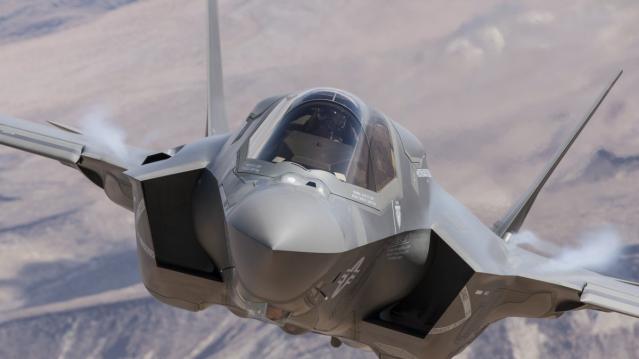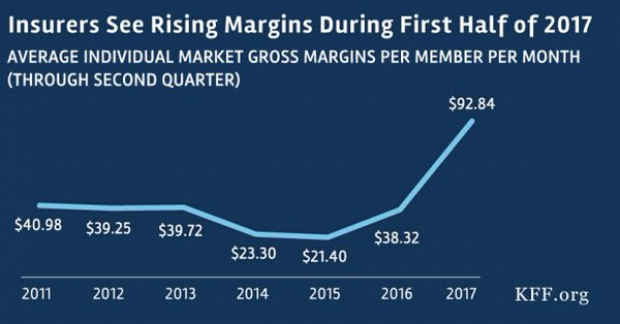Happy Watermelon Day! 16 Sweet, Juicy Facts You Didn’t Know

Frida Kahlo painted them and poets have celebrated them. In his “Ode to the Watermelon,” Pablo Neruda described it as “a fruit from the thirst-tree” and “the green whale of the summer.” He wrote: “its hemispheres open/showing a flag/green, white, red,/ that dissolves into/wild rivers, sugar, delight!” Abundant in summer, watermelons are by their very nature sweet and heavy, plus they’re full of vitamins: A, B6, and C. Aug. 3 is National Watermelon Day. We celebrate it here with 16 fun facts.
Related: Born in the USA: 24 Iconic American Foods
- Watermelons are 92 percent water.
- The word “watermelon” first appeared in English dictionaries in 1615, according to John Mariani’s The Dictionary of American Food and Drink.
- Watermelons are related to pumpkins, as well as cucumbers and squash.
- The world’s largest watermelon was grown by Lloyd Bright of Arkadelphia, Arkansas in 2005 and weighed 268.8 pounds, according to the Guinness Book of World Records.
- Watermelons originated in southern Africa.
- They appear in Egyptian hieroglyphics nearly 5,000 years ago. Watermelon seeds were found in the tomb of King Tut.
- Early explorers carried watermelons on long trips as a source of water, like canteens.
- Watermelons are both fruits and vegetables.
- China is the largest producer of watermelons in the world today, followed by Turkey and Iran.
- The U.S. currently ranks fifth in watermelon production worldwide. Georgia, Florida, Texas, California and Arizona are the states that grow the most watermelon.
- On April 17, 2007, the Oklahoma State Senate passed a bill declaring watermelon as the official state vegetable.
- Over 1,200 varieties of watermelon are grown in 100 countries across the world.
- Watermelons were introduced to the New World by European colonists and African slaves. Spanish settlers started growing watermelon in Florida in 1576.
- One cup of watermelon has more lycopene, a pigment with antioxidant effects, than a large fresh tomato.
- You can eat the seeds. And the rind. Here’s a recipe for pickled watermelon rind.
- Are your muscles feeling sore? Have some watermelon before your next workout. The juice contains L-citrulline, which the body converts to L-arginine, an amino acid that helps relax blood vessels and improves circulation.
Top Reads from The Fiscal Times:
- 16 Companies Taking Some ‘Junk’ Out of Their Food
- Here’s Why Americans Are Keeping Their Cars Longer than Ever
- Amazon’s Prime Concern—A New Online Blitz by Walmart
Budget ‘Chaos’ Threatens Army Reset: Retired General
One thing is standing in the way of a major ongoing effort to reset the U.S. Army, writes Carter Ham, a retired four-star general who’s now president and CEO of the Association of the U.S. Army, at Defense One. “The problem is the Washington, D.C., budget quagmire.”
The issue is more than just a matter of funding levels. “What hurts more is the erratic, unreliable and downright harmful federal budget process,” which has forced the Army to plan based on stopgap “continuing resolutions” instead of approved budgets for nine straight fiscal years. “A slowdown in combat-related training, production delays in new weapons, and a postponement of increases in Army troop levels are among the immediate impacts of operating under this ill-named continuing resolution. It’s not continuous and it certainly doesn’t display resolve.”
Pentagon Pushes for Faster F-35 Cost Cuts

The Pentagon has taken over cost-cutting efforts for the F-35 program, which has been plagued by years of cost overruns, production delays and technical problems. The Defense Department rejected a cost-saving plan proposed by contractors including principal manufacturer Lockheed Martin as being too slow to produce substantial savings. Instead, it gave Lockheed a $60 million contract “to pursue further efficiency measures, with more oversight of how the money was spent,” The Wall Street Journal’s Doug Cameron reports. F-35 program leaders “say they want more of the cost-saving effort directed at smaller suppliers that haven’t been pressured enough.” The Pentagon plans to cut the price of the F-35A model used by the Air Force from a recent $94.6 million each to around $80 million by 2020. Overall, the price of developing the F-35 has climbed above $400 billion, with the total program cost now projected at $1.53 trillion. (Wall Street Journal, CNBC)
Chart of the Day - October 6, 2017
Financial performance for insurers in the individual Obamacare markets is improving, driven by higher premiums and slower growth in claims. This suggests that the market is stabilizing. (Kaiser Family Foundation)
Quote of the Day - October 5, 2017
"The train's left the station, and if you're a budget hawk, you were left at the station." -- Rep. Mark Sanford, R-S.C.


